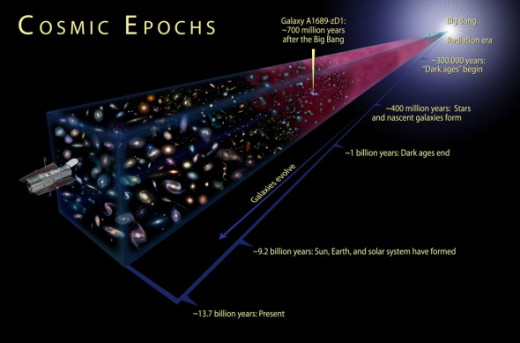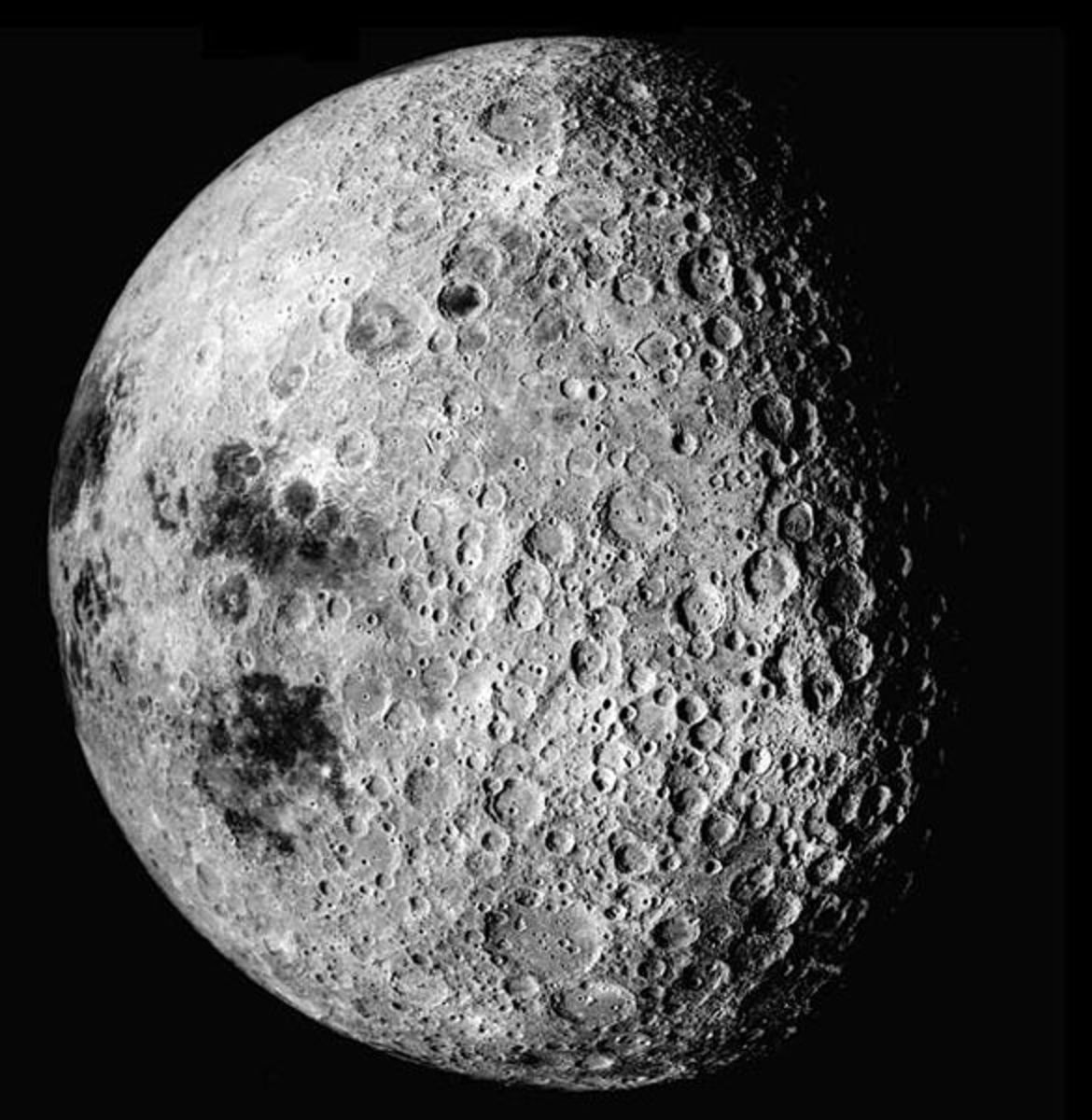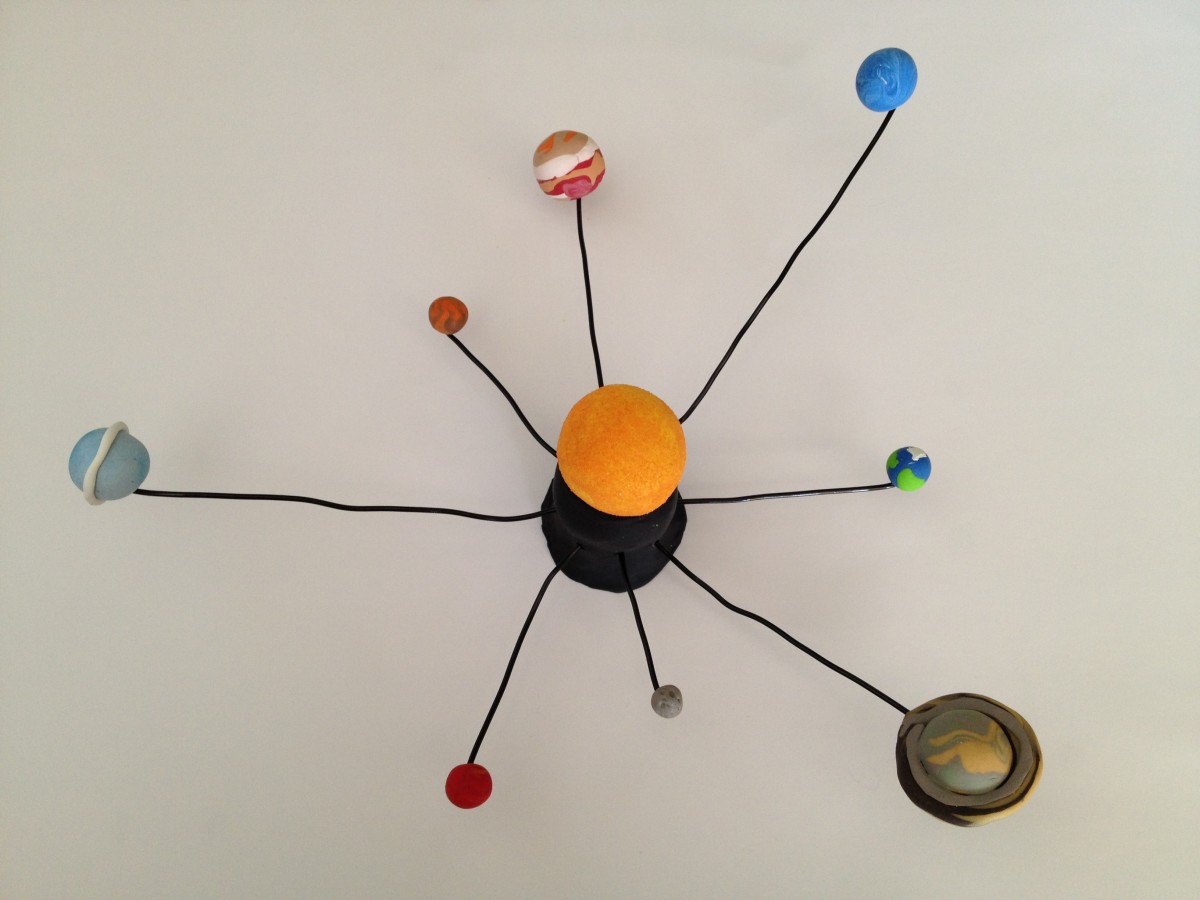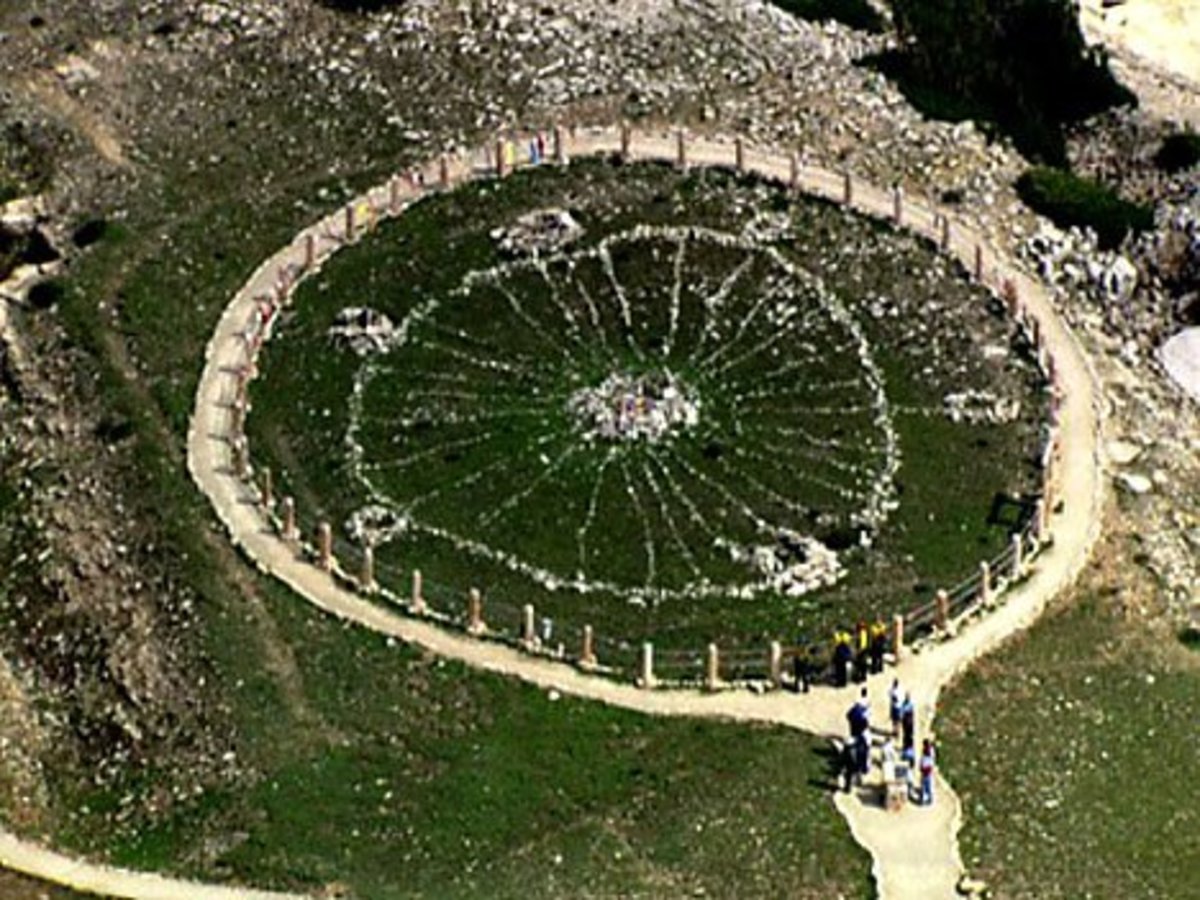What Is Big Bang Theory?
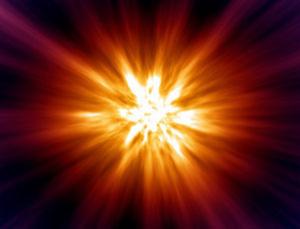
The Big Bang
The Big Bang is the description of an event described in a wider theory by the same name that started the process that resulted in what we call the universe as we know it today .This is according to a theory by the same name which is part of the standard model of cosmology. The standard model is the most widely accepted description of how the universe came about and how it is structured. The first person to propose this theory or something like it was Georges Lemaitre he called it his “hypothesis of the primeval atom” he was a Roman Catholic priest. The term Big Bang was coined by Fred Hoyle in 1949 during a radio broadcast.
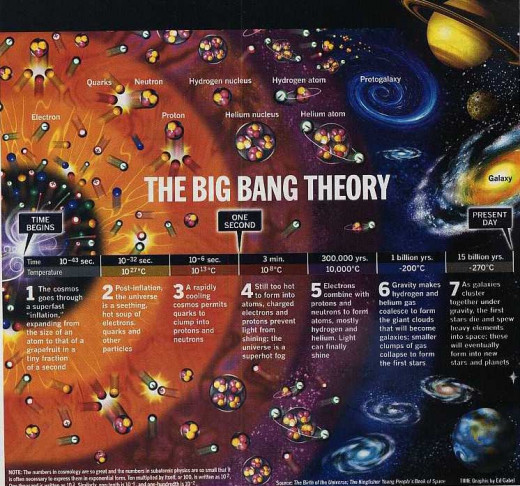
Endless Universe : Beyond the Big Bamg
- Endless Universe: Beyond the Big Bang: Paul J. Steinhardt, Neil Turok: 9780385509640: Amazon.com: Bo
Endless Universe: Beyond the Big Bang [Paul J. Steinhardt, Neil Turok] on Amazon.com. *FREE* shipping on qualifying offers. Two world-renowned scientists present an audacious new vision of the cosmos that “steals the thunder from the Big Bang theory.
Evidence of the Big Bang
The evidence that the Big Bang Theory holds some credence is based on observation of the universe doe by astronomers particularly the work done by Edwin Hubble. Edwin Hubble observed that galaxies are moving away from each other and that their speeds are exactly proportionate to their distance from us. In short the further away a galaxy is the faster it is moving away from us. The logic here is that since the universe is expanding it must have started at some central point; it is this point that is called the big bang. Another popular name for this point is singularity which describes an area of infinite density.
Another observation made that provides evidence of the big bang is called the cosmic microwave background radiation. This radiation was formed when photons were released into the universe for the first time causing the universe to become transparent. This phenomenon was discovered accidentally by two astronomers Arno Penzias and Robert Wilson as they were trying to detect microwaves from outer space. They discovered a noise of extraterrestrial origins it was not coming from one direction but from every direction at the same time. This noise is the leftover radiation from the time of the big bang and lends credence to the theory.
Bicep2 ,South Pole Telescope used to detect Gravity Waves evidence of Big Bang
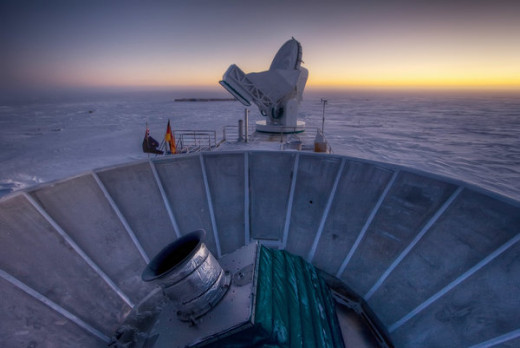
Cycles of Time
- Cycles of Time: An Extraordinary New View of the Universe: Roger Penrose: 9780307265906: Amazon.com:
Cycles of Time: An Extraordinary New View of the Universe [Roger Penrose] on Amazon.com. *FREE* shipping on qualifying offers. From the best-selling author of The Emperor’s New Mind and The Road to Reality, a groundbreaking book that provides new vie
Genesis and Inflation
Using the equations found inside Einstein’s General Theory of relativity, theorists extrapolated the cosmos backwards in time to a point where there is only infinite density pressure and temperature .Einstein’s theories break down at the point of this singularity this point is sometimes referred to as the big bang .From this singularity the universe exploded out every where at once and has been expanding ever since. The Bing Bang theory describes the first moments of the universes existence it says the cosmos started of as uniform high energy and temperature density point which as it expanded began to cool. Around 10*- 37 seconds into the expansion scientist believed there was a period of cosmic inflation during which time the universe grew exponentially. During this period of inflation the theorists tell us that space-time was expanding outwards at faster than the speed of light. It was at this time that the unified field force separated into the four fundamental laws of physics the strong force, the weak force, electromagnetism and gravity
Baryo Genesis
After the end of this inflationary period the universe was filled with a quark –gluon plasma which included other elementary particles. At this time temperatures were so high that particles were continuously being created and destroyed in high energy collisions. This was followed by a period called Baryo Genisis during this period which is not very well understood ordinary matter got a foot hold over anti matter. That is after annihilating each other there was a slight excess of leptons and quarks over anti leptons and anti quarks. This in turn led to the supremacy of matter over anti matter in our universe .After this period neutrons combined with photons to from the universe’s deuterium and helium nuclei in a process scientist call Big Bang nucleosynthesis.
Star Formation
Around 379,000 years after the big bang electrons and nuclei combined into mostly hydrogen atoms .This process released energy which is now detected as the cosmic microwave background radiation. The temperature at this time was around 1 billion Kelvin and density was similar to that of air. During this time the universe was dominated by primordial pristine gas clouds. Pictures taken by The Cosmic Background Explorer have shown astronomers evidence of fluctuations in the CMB. These fluctuations represent temperature variations. Areas with slightly higher temperatures represent areas with slightly denser amounts of matter. Over long periods of time slightly denser regions of the cosmos attracted nearby matter to it and grew denser. In these regions massive amounts of matter accumulated in the form of hydrogen gas clouds. In the fullness of time these became the cradles of star formation and the production of heavier elements. These dense regions are now made up of galaxy clusters and super clusters.
Big Bang : The Origin of the Universe
What caused the Big Bang
Cosmic Epochs
